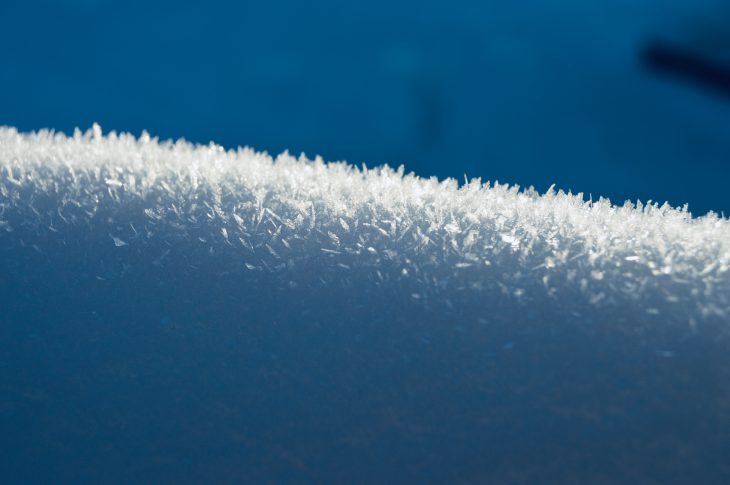Based on visual and theoretical evidence, astronomers think that Mars has ice in caves that were carved out by volcanic activity. Spacecraft orbiting Mars have captured skylight openings and pit craters that could lead to caves. Based on new research, these caves might have the right conditions for preserving ice and potentially even frozen evidence of life. A recent study by Norbert Schorghofer at the Planetary Science Institute sought to determine where Martian caves might have ice and what these cave ice formations could look like.
Mars gets far colder than any known cave on Earth and is also much drier. On average, Mars stays below freezing all the time, and underground caves likely stay around the yearly average temperature because they are too deep below the surface to be affected by daily and seasonal variations. This is important because it means ice could be found in caves anywhere on Mars where the average temperature is below freezing.
Some caves on Earth are a lot colder than surface temperatures due to the shape of the cave or airflow patterns. Because of the low gravity and thin atmosphere, Martian caves cannot be cooled by airflow and evaporation in the same way according to the author’s calculations. This means that cave temperatures are determined almost entirely by the local average temperature, which the author predicts would limit ice to the colder latitudes. This prediction contradicts previous research, where a group of scientists concluded that ice caves should be able to exist all over Mars. Until people can directly observe caves on Mars, it will be very difficult to determine which conclusion is correct.
Under certain conditions, water vapor can turn directly into solid ice, a process known as reverse sublimation. Due to caves on Mars that can contain ice always remaining below freezing temperatures, liquid cannot form in them. Because of this, Martian cave ice is predicted to be hoarfrost. “Hoarfrost” is different from frozen dew, which can also be known as frost, because it is formed by reverse sublimation. Hoarfrost can sometimes be found in caves on Earth.
The majority of the Martian surface is extremely old, so ice has had a long time to form. Furthermore, volcanic caves on Mars may last far longer than the caves on Earth due to the lower gravity and thin atmosphere. This suggests that enormous hoarfrost deposits might form in Martian caves over millions of years. Sublimation crystals can form on any surface and may be more likely to form on the ceiling, though the reasons for this are not well-understood. Ice could only get so thick on the ceiling of the cave though, at a certain point, these structures would get too heavy and would collapse.
Caves are uniquely ideal for microbes to grow in and develop due to factors like temperature and light. These caves full of ice on Mars could have once been home to living things, and it’s possible the ice has preserved evidence of this life for us to find one day.
When ice crystallizes from the vapor phase, it can take on a wide range of shapes. However, it is unknown which shapes it would take on at Martian temperatures and humidity. Because of the very low temperatures in the caves, there would be no water dripping down and freezing, so stalagmites and stalactites would not form. This is one way that cave ice could look very different than on Earth.
It may be possible to explore caves on Mars in the near future due to advances in technology. Researchers are developing robots capable of operating in the dangerous Martian environment and all-terrain drones that can travel safely in small areas. These small vehicles could carry tiny tools or sampling equipment for the scientific exploration of extraterrestrial caves.
One day, these caves could be used as radiation shields for future human exploration and even habitation. The ice in the caves would be a valuable resource at this point, since humans need water for so many activities. However, we will need to answer more questions and do more research before this can occur, like examining ancient cave ice and investigating hoarfrost in caves on Earth to better understand what similar places could be like on Mars.


